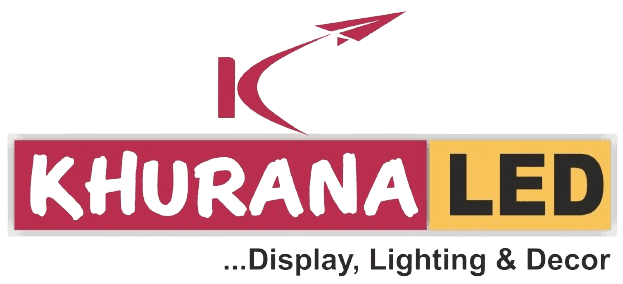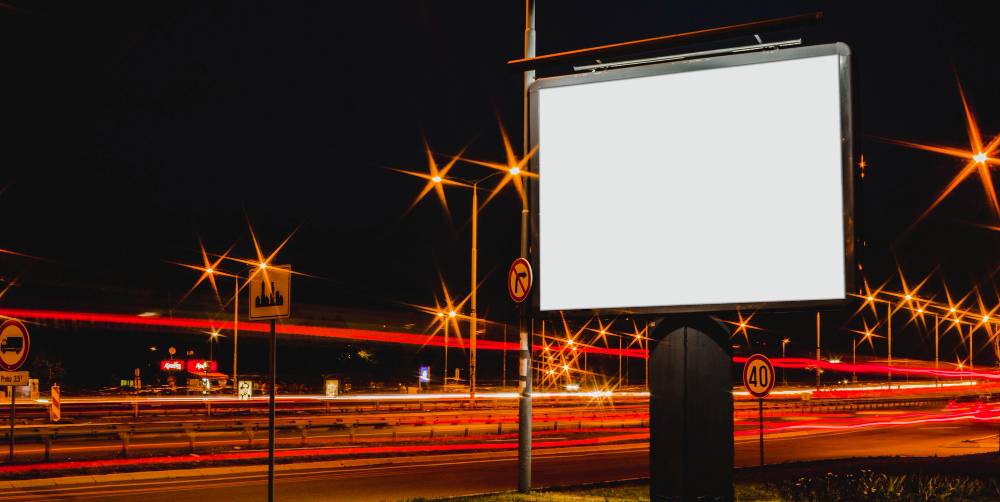In the ever-evolving landscape of advertising, LED technology has emerged as a transformative force, redefining how businesses communicate with their target audience. This blog will delve into the intricate dynamics of LED advertising, exploring its visual impact, versatility, and the sustainable edge that sets it apart in the competitive world of marketing.
The Visual Brilliance of LED Displays
At the core of LED advertising lies its ability to deliver a visual experience that captivates and engages audiences. LED displays boast higher resolution, offering unprecedented clarity and detail. The vivid colors and dynamic content ensure that brand messages are not only seen but leave a lasting imprint on the viewer’s memory.
The flexibility of LED technology allows for real-time content updates, ensuring that businesses can adapt and stay relevant in a fast-paced market. Whether it’s a product launch, a promotional offer, or a brand message, LED displays provide a dynamic platform for delivering timely and impactful content.
Versatility Unleashed: LED Displays Beyond Conventional Boundaries
LED advertising is not confined to the traditional rectangular frame; its versatility allows for creative exploration in various settings and applications. One of the most prominent examples is the use of LED billboards in outdoor advertising. These towering displays redefine how businesses connect with their audience, dominating urban landscapes and making an indelible mark in public spaces.
The adaptability of LED displays extends to indoor settings as well. Retailers leverage LED screens to create immersive in-store experiences, showcasing products with unparalleled clarity. The ability to customize content in real time opens up new possibilities for engaging customers and enhancing the overall shopping experience.
A Sustainable Approach: LED Advertising and Environmental Responsibility
In an era where sustainability is a key consideration, LED advertising takes center stage as an environmentally conscious choice. Unlike traditional advertising methods that rely on disposable materials, LED screens are durable and energy-efficient. The longevity of LED technology reduces the need for frequent replacements, minimizing waste and environmental impact.
The energy efficiency of LED displays contributes significantly to sustainability efforts. LED technology consumes far less power than conventional lighting, making it an eco-friendly choice for businesses aiming to reduce their carbon footprint. As consumers increasingly prioritize environmentally responsible brands, adopting LED advertising becomes a strategic move for businesses looking to align with these values.
Conclusion:
The radiant revolution of LED advertising encompasses visual brilliance, versatility beyond conventional boundaries, and a sustainable approach. As businesses navigate the competitive marketing landscape, embracing LED technology becomes more than a trend—it’s a strategic move that positions brands at the forefront of innovation and environmental responsibility.

